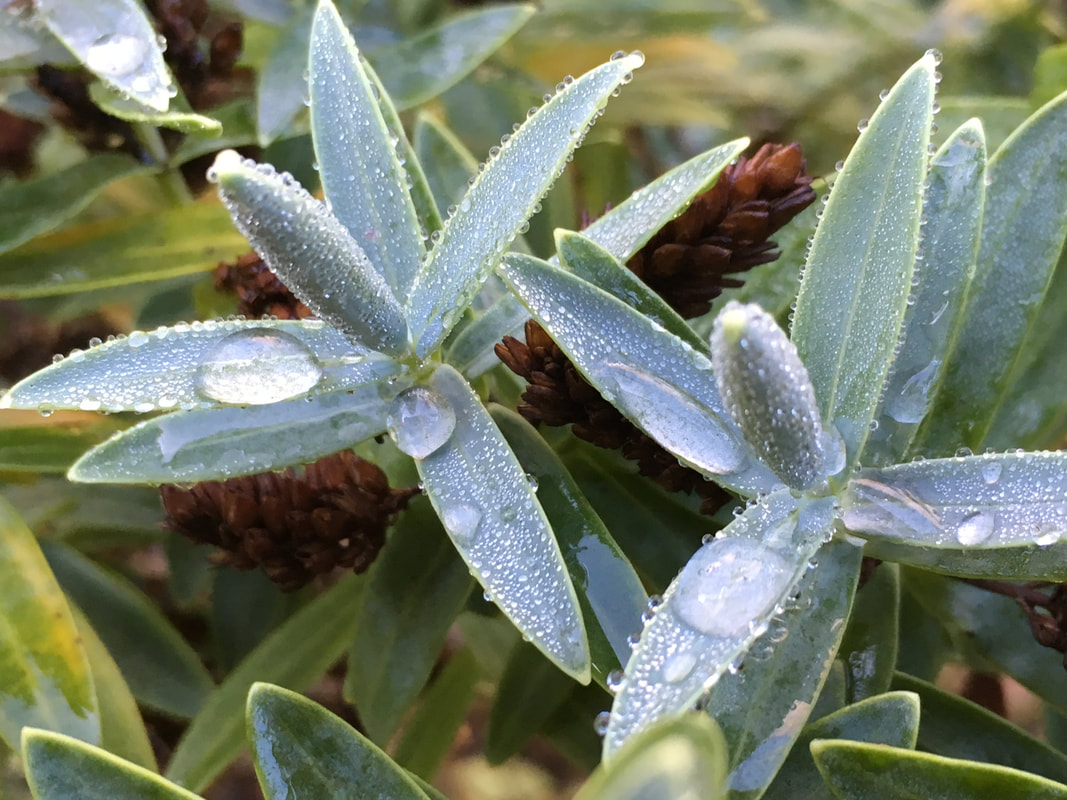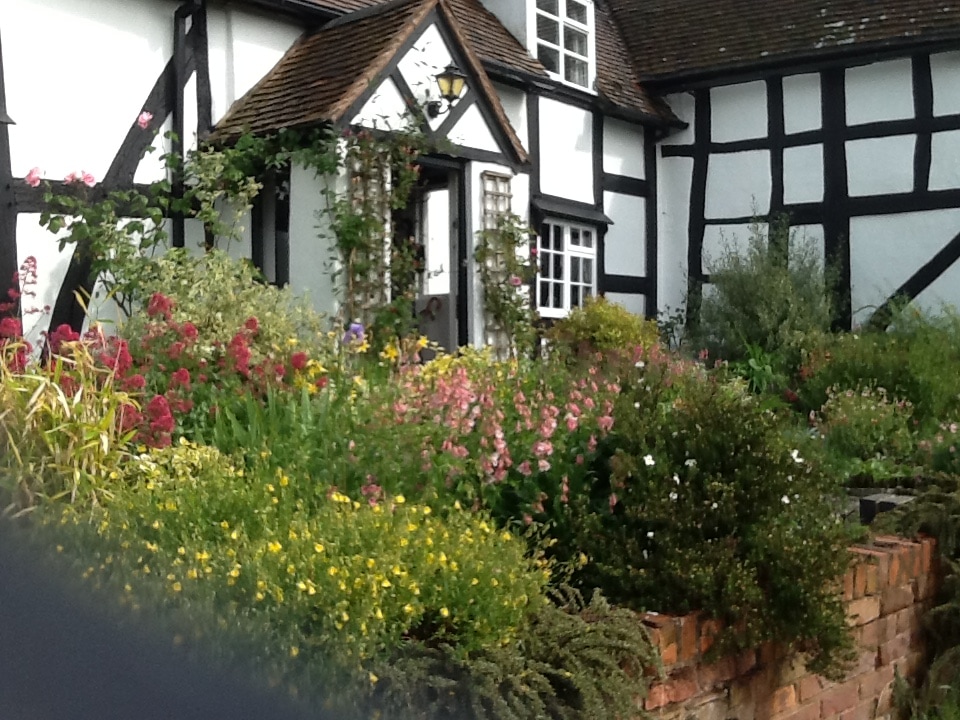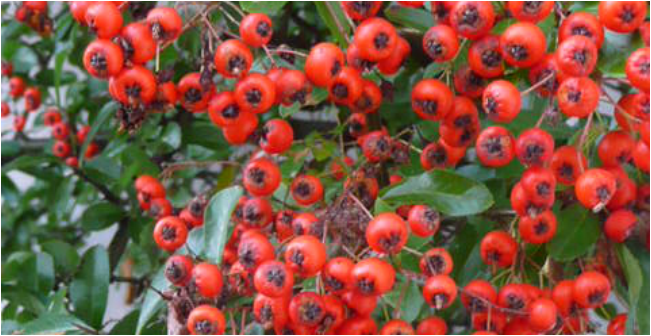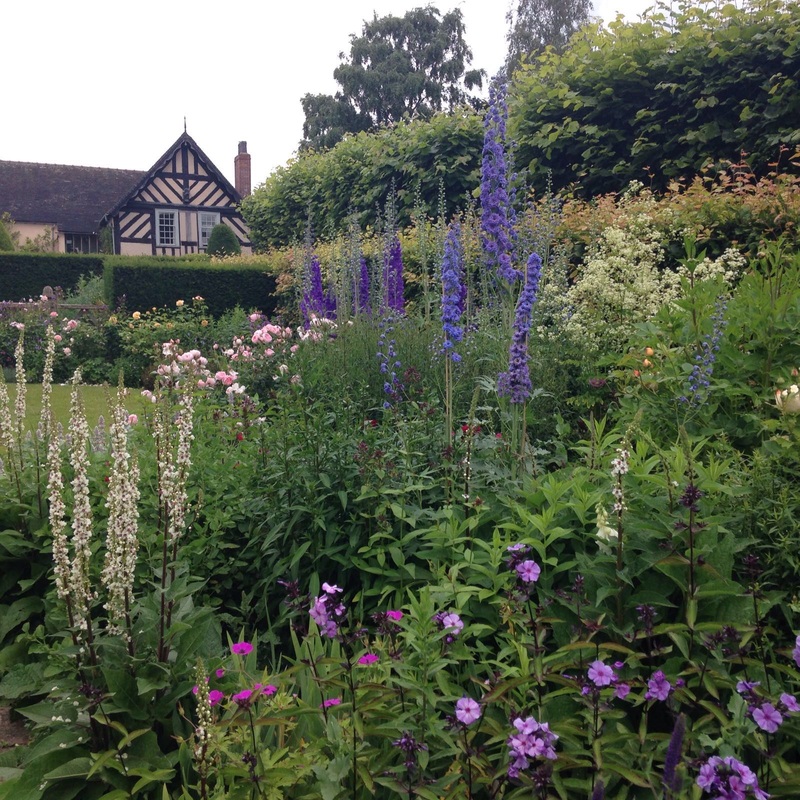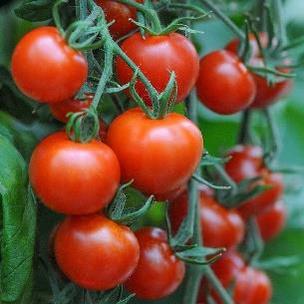
Tomatoes are a favourite for home gardeners, although when visiting friends, I am often surprised at their poor results. It is important to know the variety you are growing is it ‘indeterminate’ or ’cordon’? Both names refer to a plant that likes to grow on a single stem. When it has grown up a string or stake it will produce shoots at leaf axils, these need to be broken off rather than cut out. Breaking will stop any other shoots growing; cutting often results in shoots forming again. Most plants will support 6 or 7 trusses. I always tell people to buy the biggest growbag they can get. If growing in pots, get one as big as a bucket.
The other type of tomato is the ‘determinate’ or ‘bush’ variety. These start as a single stem that breaks into many shoots that all have flower trusses. This makes a plant that can be grown in a big hanging basket, a planter, or a big pot. Some varieties make huge plants, mostly bearing small fruits. Once the first flowers show and small tomatoes have formed, add some tomato fertiliser to every can of water; you are sure to be repaid by loads of fruit and healthy foliage.
Watering is vital. Don’t let the plants dry out when they have fruit, or you risk a condition called ‘blossom end rot’ which results in a black or brown patch at the bottom of the fruit. However, try not to get water on the foliage. If you are worried about pollination, just tap the plant gently.
The other type of tomato is the ‘determinate’ or ‘bush’ variety. These start as a single stem that breaks into many shoots that all have flower trusses. This makes a plant that can be grown in a big hanging basket, a planter, or a big pot. Some varieties make huge plants, mostly bearing small fruits. Once the first flowers show and small tomatoes have formed, add some tomato fertiliser to every can of water; you are sure to be repaid by loads of fruit and healthy foliage.
Watering is vital. Don’t let the plants dry out when they have fruit, or you risk a condition called ‘blossom end rot’ which results in a black or brown patch at the bottom of the fruit. However, try not to get water on the foliage. If you are worried about pollination, just tap the plant gently.
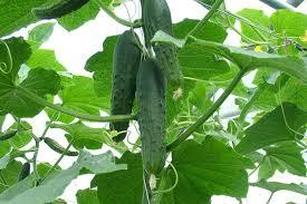
Many books say that you can’t grow cucumber in the same greenhouse as tomatoes. Yes you can! They enjoy warmth, so plant them further away from the door and not until the end of May. Always make sure you buy or grow F1 hybrids. The variety ‘Carmen’ is a standard size or ’Passandra’ which is half the size but very prolific.
Our next event is our Annual Spring Show – Saturday March 31st – entries and staging is between 9 and 11am - we’d love to see your daffodils, tulips and pansies, amongst other things.
It truly is beautiful to fill the Villages Hall with spring flowers.
If you’re not up to entering, please come along and enjoy a free feast for your eyes between 2 and 4pm. Entry forms and details can be found on our website www.bishamptongardeningclub.org.uk or email info@bishamptongardenigclub.org.uk
Our next event is our Annual Spring Show – Saturday March 31st – entries and staging is between 9 and 11am - we’d love to see your daffodils, tulips and pansies, amongst other things.
It truly is beautiful to fill the Villages Hall with spring flowers.
If you’re not up to entering, please come along and enjoy a free feast for your eyes between 2 and 4pm. Entry forms and details can be found on our website www.bishamptongardeningclub.org.uk or email info@bishamptongardenigclub.org.uk
Sunday, April 22nd trip to John Massey’s Garden at Kingswinford. Entry £5, cash only please on the door for the National Gardens Scheme. To see and read about the many treats in store, see their website: https://www.ashwoodnurseries.com
See you soon!
Cheers, Pete Chamberlain, Chairman, Bishampton Gardening Club.
See you soon!
Cheers, Pete Chamberlain, Chairman, Bishampton Gardening Club.


